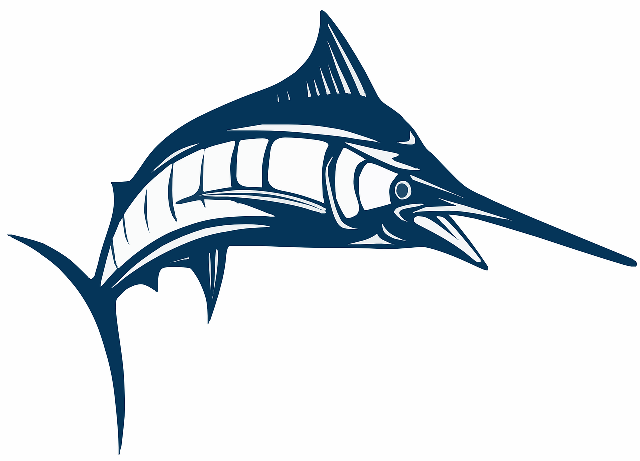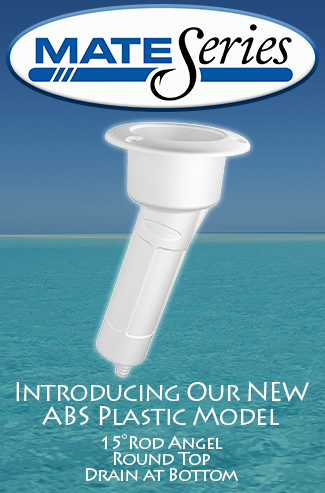Lots of lure trollers average more than 85 percent success in luring marlins. There are those that get close to 100 percent success when catching every fish that strikes. The unique thing about them is that they are attentive to the hooks and the way they rig the lure which consequently improves their percentage success at luring the marlins.
The environment behind the boat and the fact that water is denser than air makes it so difficult to lure the Marlins. It’s hard to make the lures to do what you want them to do. Therefore, it’s important to focus on the baits and not the environment.
Focus on the hook
The hook catches the fish and not the lure. A lure is more stable when you rig it with a bigger and heavier hook than a smaller and lighter hook. A hook that is big and heavy will not spin when trying to balance itself in the turbulent environment behind the boat.
Another important consideration is the shape of the hook. You need a hook with a penetrating motion. It has a turn in point whose aim is the direction of pull. On the other hand, a hook with a position which is parallel to the shank will not result in a penetrating motion but a slashing action.
The hook size is also crucial: Choose a hook that has enough width to go round the jawbone of the target fish. Therefore adding the radius of the lure head to the hook’s bight can increase the size of the hook. However, this will make the hook to be small and might not go around the jawbone of a marlin.
The swivel rig
The swivel rig should also be part of your lure rigging. It never interferes with the intended action of the lure, but it allows the hook to ride with the point facing up, regardless of the sea conditions. The bait performs as it’s supposed to without restrictions from the swivel rig.
Keel-weighting
The right double hook rig will do better than a single hook rig because of having more weight, balance and offer more resistance to spinning. Lighter gauge single hooks with a small size will be hard to maintain lure balance which can cause more spinning.
You can add a small keel weight to a single hook rig to improve its performance. It will match the success of a double hook rig, especially in turbulent conditions.






